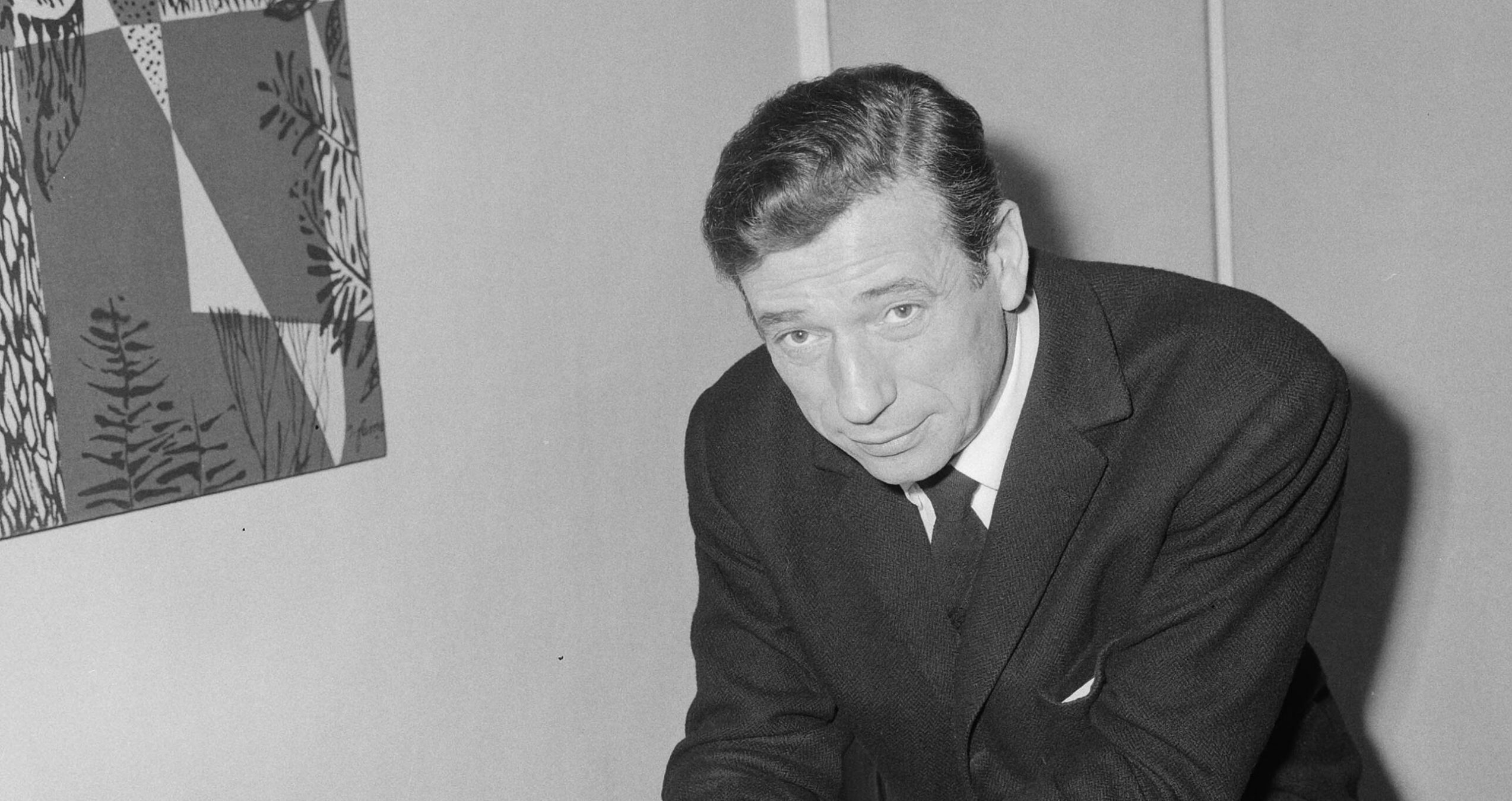Continued from part one
The comedian had a hard time leaving the theater stage behind: The theater had one great advantage. At every performance, a theater actor had the opportunity to reinvent himself and make improvements to his interpretation. In front of the camera, once approved by the director, the scene was set in stone forever. The theater stage always offered Louis de Funès a space for acting development that he did not want to miss at any price.
Nevertheless, the art of film had a great advantage: the art of film made it possible for de Funès to immortalize himself. If de Funès had decided in the fifties and sixties to continue to commit himself only to the theater, he would not have become nearly as famous.
Nevertheless, Louis de Funès experienced one of the greatest successes of his entire career at the theater in the early sixties: with the play Oscar, in which de Funès appeared more than 600 times, the comedian celebrated his final theatrical breakthrough.
The theater actor Louis de Funès had now arrived on the big screen.
The gendarme
The participation of Louis de Funès revived the play Oscar: it had already premiered in the fifties, but its success had been moderate. In the meantime, Parisian theater audiences associated the comedian with Oscar. In 1967, the now highly successful play was made into a film starring de Funès: The comedy is considered one of the best films starring de Funès.
In the comedy The Gendarme of Saint-Tropez [Le Gendarme de Saint-Tropez, 1964], Louis de Funès celebrated one of his first major cinema successes: the role of gendarme Ludovic Cruchot is one of the classic Louis de Funès film roles with which he is still associated today.
It is not without reason that the role of the gendarme catapulted the comedian to the top of the box office: the provincial origins of the hilarious gendarme Cruchot stand in stark contrast to the luxurious and sophisticated resort of St. Tropez, where he is sent to do his investigative work.
The Gendarme of St. Tropez was made on a relatively meager budget: This did not change the fact that the film became a great success with critics and at the box office. The theater actor Louis de Funès had now arrived on the big screen.
Fantomas
At the beginning of the sixties, the cinema world was in James Bond fever: with the premiere of the first James Bond film Dr. No in 1962, a hysteria broke out worldwide around the stories of the British secret service agent. French film producers were not left out: In France, it was not James Bond versus Dr. No, but Inspector Juve versus Fantomas. Actor Jean Marais – who later appeared in the film as Fantomas and Sandor – is said to have given director André Hunebelle the idea to make Fantomas: The first film in the Fastomas series was released in 1964 and was based on the novel of the same name by Pierre Souvestre and Marcel Allain. Louis de Funès took on the role of Inspector Juve: for once, it was de Funès’ job to play a role somewhat more seriously – yet the comedian knew how to interpret his role with Funès’ typical comedy. The first film in the Fantomas series was so successful that two sequels were made: Fantomas Unleashed [Fantômas se déchaîne, 1965] and Fantomas vs. Scotland Yard [Fantômas contre Scotland Yard, 1967].
Successes and fame in Germany
In 1965, the comedy The Gendarme in New York [Le gendarme à New York] marked a sequel to the first Gendarme success from 1964: Louis de Funès slipped into the role of the Gendarme a total of six times during his screen career, with the last one being The Gendarme and the Extra-Terrestrials [Le Gendarme et les extra-terrestres, 1979]. In German cinemas, the Gendarme films were usually marketed under other titles: for example, the third Gendarme film, The Gendarme Gets Married [Le gendarme se marie, 1968], was called Balduin, der Heiratsmuffel [Balduin, the marriage grouch] in German cinemas. The name Balduin was a German invention and was not mentioned in any of the original French versions of the films. In total, six de Funès films were given the title Balduin in German-speaking countries.
It was thanks to the German dubbing artist Gerd Martienzen, who always dubbed Louis de Funès in his films, that de Funès enjoyed great popularity in Germany from the second half of the 1960s at the latest: the dialogues often had to be changed so that they no longer had anything to do with the French original – French humor is different from German humor. Writing the German versions of de Funès films was an art in itself, which enabled the comedian to build up a fan base outside his native France.
With his unique comic talent, Louis de Funès brought a breath of fresh air to the movie theater that other comedies could not.
Unique talent
In the sixties, de Funès had risen to become a superstar of French cinema: In particular, the success of the comedy La Grande Vadrouille (1966) solidified Louis de Funès’ status as a sought-after screen comedian.
The work of Louis de Funès is more representative of the cinematic art of 20th century French cinema than any other: with his unique comic talent, Louis de Funès brought a breath of fresh air to the movie theater that other comedies could not.
De Funès worked particularly frequently with screenwriter and film director Jean Girault: Girault and de Funès formed a team that lasted over several film projects. Jean Girault, for example, directed the legendary comedies The Gendarme of St. Tropez or The Gendarme and the Extra-Terrestrials.
Louis de Funès also worked with Gérard Oury a few times: In the Oury film Delusions of Grandeur [La folie des grandeurs, 1971], de Funès starred alongside Yves Montand.
Roots in the theater
At the beginning of his career, Louis de Funès never dreamed of one day becoming a famous film actor: For the first two decades of his career, it seemed as if de Funès would go down in history as one of the most legendary French theater actors. But de Funès’ great success at the theater showed that he was also suited for the big screen: nonetheless, the comedian remained connected to the theater for the rest of his career, acting in plays from time to time. His last play was Valse des toréadors by Jean Anouilh: after 198 performances, the exhaustion must have been so great that de Funès suffered a heart attack in March 1974. This event initiated the end of his theater and screen career: his last works include films such as The Mad Adventures of Rabbi Jacob [Les Aventurs de Rabbi Jacob, 1973] or The Wing or The Thigh? [L’Aile ou la Cuisse, 1976].
For comedian Louis de Funès, in his later years, there was nothing else but acting: until shortly before his death in 1983, the comedian was in front of the camera.
Nevertheless, the cinema was not everything for Louis de Funès: even when the comedian had reached the peak of his stardom, the theater had never lost its importance for him. Without his experience as an accomplished theater actor, which involved hard work, de Funès would never have become the most legendary comedian in French cinema.
Cover picture: © Simon von Ludwig
Main source: Chaline, Thomas: Louis de Funès – Ombres & Lumières, 2023 City Editions

 Deutsch
Deutsch Français
Français



